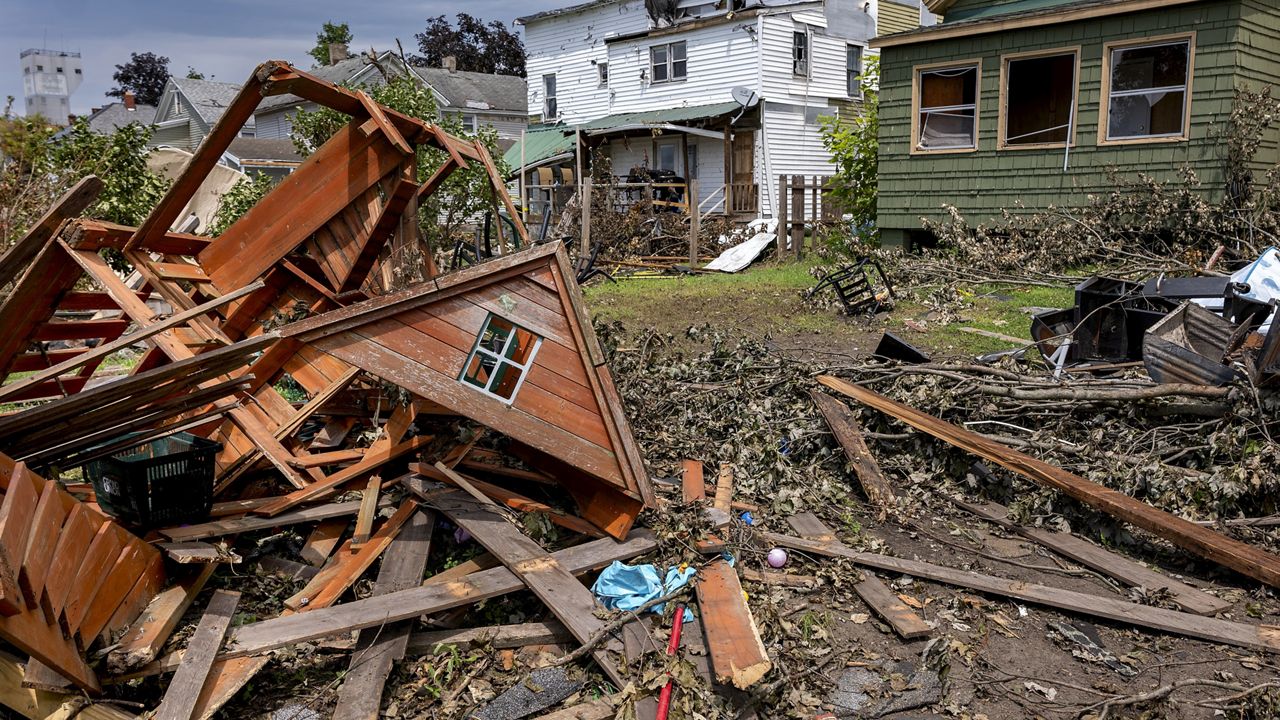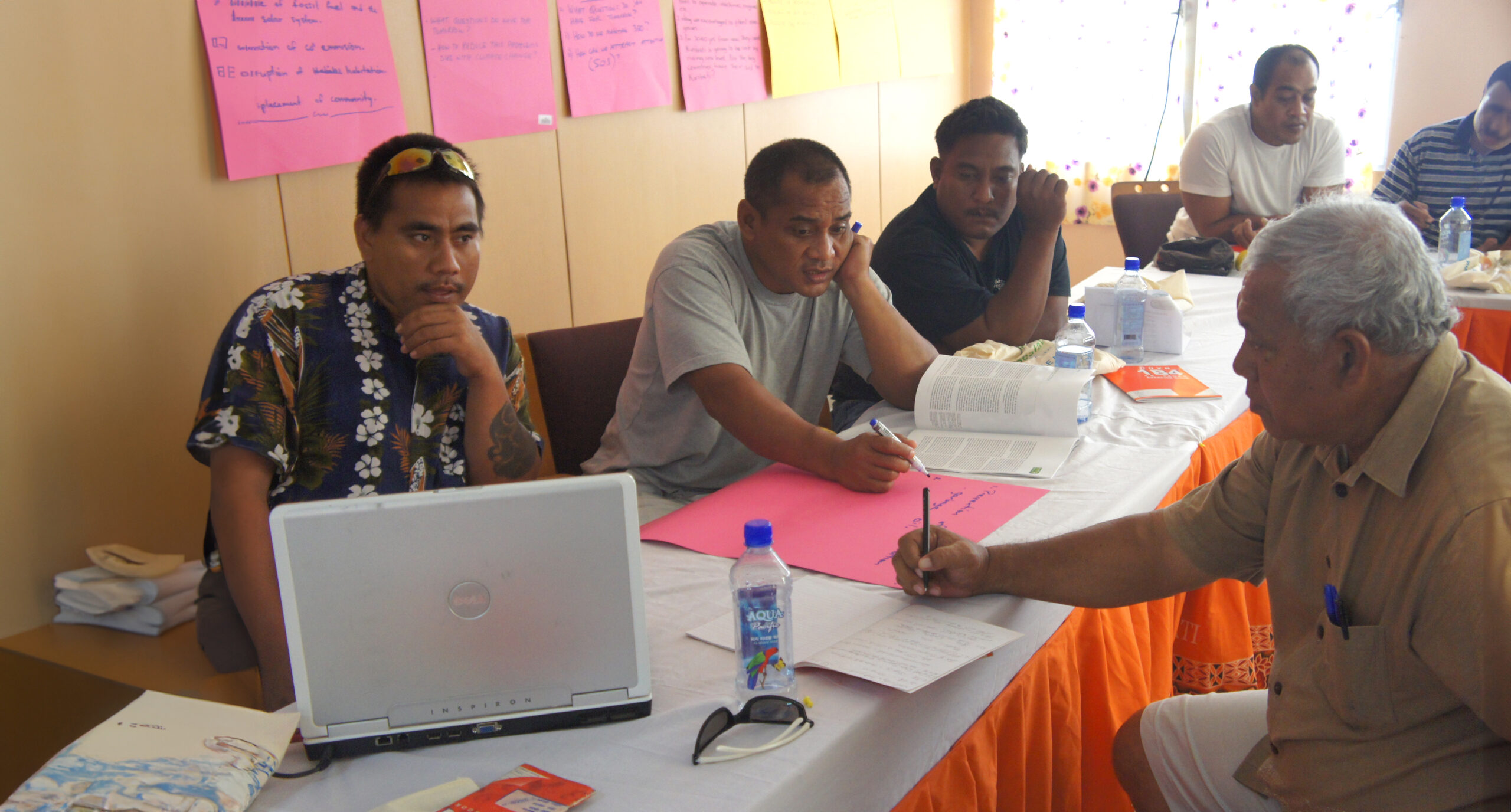Report: N.Y. extreme weather events, disaster costs rise over recent years – Spectrum News

Report on Severe Weather Events and Sustainable Development in New York State
Introduction: Climate Change and the Imperative for Sustainable Action
A recent report from the New York State Comptroller’s office highlights a significant increase in the frequency and cost of severe weather events over the past three decades. This trend presents a direct challenge to the achievement of several Sustainable Development Goals (SDGs), particularly SDG 13 (Climate Action), which calls for urgent measures to combat climate change and its impacts. The rising costs of disaster response and the increasing threat to infrastructure and human life underscore the need for enhanced resilience and adaptation strategies, aligning with SDG 11 (Sustainable Cities and Communities).
Key Findings on Weather Event Trends
Increasing Frequency and Severity
Data from the National Oceanic and Atmospheric Administration (NOAA) indicates a clear upward trend in severe weather incidents between 1996 and 2024. This escalation directly impacts the state’s ability to ensure safe and resilient communities as outlined in SDG 11.
- Weather-related disasters causing damages of $1 billion or more have occurred at an increasing rate since 1980.
- Three of the four years with the highest number of severe weather events occurred recently: 2019 (2,498 events), 2021 (2,395 events), and 2024.
- Events such as damaging winds from thunderstorms and flash floods are showing a distinct upward trend, posing a significant threat to climate resilience efforts under SDG 13.
Most Common Severe Weather Events (1996-2024)
The most prevalent types of severe weather events accounted for over 63% of all incidents during the period.
- Winds associated with thunderstorms (14,824)
- Hail (4,315)
- Flash floods (3,985)
- Winter weather (3,817)
- Winter storms (3,714)
The report notes that the highest annual numbers of flash flooding and thunderstorm wind events have been recorded in the last eight years, signaling an acceleration of climate-related hazards.
Impact Analysis: Economic and Human Costs
Financial Implications and Infrastructure Resilience
The economic burden of these events is substantial, affecting the state’s progress towards sustainable economic development and resilient infrastructure (SDG 11).
- Since 1998, federal assistance for declared disasters has averaged $958.6 million annually, representing only a fraction of the total damages.
- Property damage has been most significant from specific event types:
- Flash flooding: $2.5 billion
- Flooding: $1.2 billion
- Thunderstorm wind: $294 million
- High wind: $228 million
The Human Toll and Public Health Concerns
The increase in severe weather has had a fatal impact, directly challenging SDG 3 (Good Health and Well-being), which aims to ensure healthy lives and promote well-being for all.
- Between 1996 and 2024, 594 deaths in New York were attributed to severe weather.
- The leading causes of weather-related fatalities were:
- Heat and extreme heat events (122 deaths)
- Rip currents (62 deaths)
- Flash flooding (57 deaths)
Strategic Responses and Recommendations for SDG Alignment
State-Level Initiatives for Climate Adaptation
New York is taking steps to address these challenges through targeted funding aimed at building resilience. The $4 billion Clean Water, Clean Air and Green Jobs Bond Act is a critical tool for advancing SDG 13 (Climate Action) and SDG 11 (Sustainable Cities and Communities). The act allocates significant funding for climate adaptation, including:
- $1.1 billion for restoration and flood risk reduction projects.
- Funding for municipalities to upgrade infrastructure or relocate assets from high-risk zones.
Recommendations for Collaborative Action
The Comptroller’s report emphasizes that a multi-level governance approach is essential. These recommendations align with SDG 17 (Partnerships for the Goals), which stresses the importance of collaboration to achieve sustainable development.
- The state must strengthen partnerships with local communities to plan and develop cost-effective mitigation projects.
- Efforts should be redoubled to help municipalities access resilience funding from the Bond Act.
- State oversight is required to ensure projects are completed in a timely and affordable manner, maximizing their impact on climate resilience.
- Continued partnership with the federal government is crucial, as the state cannot bear the full financial burden of disaster preparedness and response.
Identified Sustainable Development Goals (SDGs)
SDG 11: Sustainable Cities and Communities
- The article directly addresses the resilience of communities in New York State against severe weather events. It highlights the destruction of property, damage to critical infrastructure like “flooded subway tunnels and roadways,” and the financial and emotional stress on residents. The discussion around the “$4 billion Clean Water, Clean Air and Green Jobs Bond Act” to “upgrade infrastructure” and “move buildings and infrastructure out of high-risk flood zones” directly relates to making cities and human settlements safer and more resilient.
SDG 13: Climate Action
- The article’s central theme is the increasing frequency of severe weather, which it explicitly links to climate change, mentioning the need to “address severe weather impacts of climate change.” The entire report discussed in the article is a call to action to strengthen resilience and adaptive capacity to climate-related hazards. The focus on mitigation, resilience investments, and planning for future events aligns perfectly with the goals of Climate Action.
SDG 3: Good Health and Well-being
- The article points to the direct health impacts of severe weather by stating, “There have been 594 deaths in the state due to severe weather between 1996 and 2024.” It specifies that “Heat and extreme heat events caused the most deaths (122),” which is a significant public health concern. This connects the environmental issue of severe weather to the fundamental goal of ensuring healthy lives and promoting well-being.
Specific SDG Targets
SDG 11: Sustainable Cities and Communities
- Target 11.5: “By 2030, significantly reduce the number of deaths and the number of people affected and substantially decrease the direct economic losses…caused by disasters.” The article provides specific data relevant to this target, including “594 deaths,” “financial and emotional stress on New Yorkers,” and massive economic losses such as “$2.5 billion” in property damage from flash flooding and an average of “$958.6 million in aid annually.”
- Target 11.b: “By 2020, substantially increase the number of cities and human settlements adopting and implementing integrated policies and plans towards…adaptation to climate change, disaster risk reduction.” The article highlights this through the state’s actions and recommendations. The approval of the “Clean Water, Clean Air and Green Jobs Environmental Bond Act” is a state-level policy for resilience. Furthermore, the recommendation for the state to “assist municipalities in planning and developing cost-effective initiatives to mitigate extreme weather” points directly to the implementation of local disaster risk reduction plans.
SDG 13: Climate Action
- Target 13.1: “Strengthen resilience and adaptive capacity to climate-related hazards and natural disasters in all countries.” The article is fundamentally about this target. It details the increasing climate-related hazards (flash floods, thunderstorm winds) and discusses measures to strengthen resilience. The Bond Act, which allocates “$1.1 billion for restoration and flood risk reduction projects,” is a clear example of an investment aimed at enhancing adaptive capacity to these disasters.
Implied Indicators for Measurement
SDG 11: Sustainable Cities and Communities
- Indicator for Target 11.5: The article provides direct data that can be used as indicators.
- Number of deaths attributed to disasters: The article explicitly states “594 deaths in the state due to severe weather between 1996 and 2024.”
- Direct economic loss attributed to disasters: The article provides several figures, including “$958.6 million in aid annually” and specific property damage costs like “$2.5 billion” from flash flooding and “$1.2 billion” from flooding.
- Indicator for Target 11.b: The article implies indicators related to policy and planning.
- Adoption of local disaster risk reduction strategies: The recommendation for the state to “assist municipalities in planning and developing cost-effective initiatives” implies that the number of municipalities with such plans is a key measure of progress.
- Financial investment in resilience: The “$4 billion” Bond Act, with specific allocations like “$1.1 billion for restoration and flood risk reduction,” serves as a financial indicator of commitment to these strategies.
SDG 13: Climate Action
- Indicator for Target 13.1: Progress can be measured by tracking the impact of disasters and the response.
- Number of deaths attributed to disasters: The figure of 594 deaths serves as a baseline indicator for measuring the effectiveness of resilience and adaptation measures over time.
- Frequency and intensity of severe weather events: The article uses NOAA data on the number of events like flash floods and thunderstorm winds as an indicator of increasing climate-related hazards. Tracking these numbers would measure the scale of the challenge.
Summary of SDGs, Targets, and Indicators
| SDGs | Targets | Indicators |
|---|---|---|
| SDG 11: Sustainable Cities and Communities | 11.5: Reduce deaths and economic losses from disasters. |
|
| SDG 11: Sustainable Cities and Communities | 11.b: Increase the number of cities implementing policies for disaster risk reduction and climate adaptation. |
|
| SDG 13: Climate Action | 13.1: Strengthen resilience and adaptive capacity to climate-related hazards. |
|
| SDG 3: Good Health and Well-being | Related to targets on reducing deaths from environmental factors (e.g., 3.d). |
|
Source: spectrumlocalnews.com
What is Your Reaction?
 Like
0
Like
0
 Dislike
0
Dislike
0
 Love
0
Love
0
 Funny
0
Funny
0
 Angry
0
Angry
0
 Sad
0
Sad
0
 Wow
0
Wow
0













































































